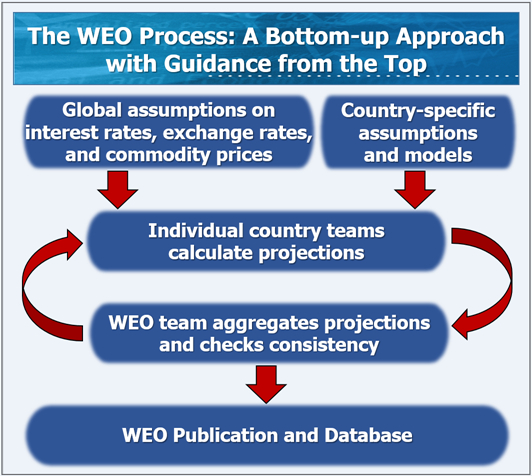Imf Outlook On South Africa
africa outlook southGlobal growth is projected at 44 percent in 2020 a less severe contraction than forecast in the June 2020 World Economic Outlook WEO Update. The COVID-19 pandemic threatens to exact a heavy human toll and the economic crisis it has triggered can upend recent development progress.
 Underground Economy Size Di 2020
Underground Economy Size Di 2020
While recovery in China has been faster than expected the global economys long ascent back to pre-pandemic.

Imf outlook on south africa. Your browser is not up-to-date. The International Monetary Fund IMF on Tuesday maintained its forecast of an 8 contraction in South Africas economy in 2020 but trimmed its outlook for next year citing the continued impact. In October it forecast a 44 global GDP contraction for 2020 followed by a rebound to growth of 52 for 2021.
A warning to South Africa from the IMF Staff Writer 28 January 2021 A team from the International Monetary Fund IMF held virtual meetings with the South African government this week to discuss. IMF World Economic Outlook Press Briefing IMF projects worst economic downturn since the Great Depression The IMFs latest World Economic Outlook WEO sees the global economy faltering and forecasts negative global growth of minus 3 percent in 2020 because of the Covid-19 pandemic. The International Monetary Fund IMF is the latest global finance group to cut South Africas GDP grow prospects for 2020 expecting meagre growth of 08.
Global stocks are likely to trade sideways today as market participants weigh the IMFs upward revisions to the global growth outlook against hurdles to further economic stimulus while caution is. The expected recovery however is at a slower pace than previously envisaged for about two-thirds of the countries in the region partly due to a challenging external environment. In a conversation with IMF Country Focus the Director-General of South Africas National Treasury Dondo Mogajane explains how the government has responded to the COVID-19 crisis how IMF financing will help to stabilize the economy and strategies for addressing debt and spurring growth.
But with the COVID-19 pandemic continuing to spread many countries have slowed reopening and some are reinstating partial lockdowns to protect susceptible populations. The revision reflects better-thananticipated second quarter GDP outturns mostly in advanced economies where activity began to improve sooner than expected after lockdowns were scaled back in May and June as well as indicators. 27th January 202127th January 2021 by Justin Rowe-Roberts.
This was one of the findings in the. The International Monetary Fund IMF has revised its growth forecast downwards for South Africa in the latest World Economic Outlook update. Growth in sub-Saharan Africa is projected to remain at 32 percent in 2019 and rise to 36 percent in 2020.
The global economy is climbing out from the depths to which it had plummeted during the Great Lockdown in April. Amid exceptional uncertainty the global economy is projected to grow 55 in 2021 and 42 in 2022. The IMF is expected to revise its Global Economic Outlook forecasts on Jan.
IMFs 2021 outlook for the South African economy. While the global economic projections for 2021 have been revised up the International Monetary Fund has brought down projections for South. For optimum experience we recommend to update your browser to the latest version.
This despite the financial institution revising the global economy outlook upwards reflecting expectations of a vaccine-powered strengthening of activity later in the year and additional policy support to continue. The policy priority is to ramp up health capacity and spending to save lives and contain the virus outbreak. The IMF last year approved 43 billion in emergency financial assistance under the Rapid Financing Instrument RFI to support the South African authorities efforts in addressing the challenging.
South Africa Looks Toward Inclusive Recovery to Stabilize Debt Boost Growth. While the global economic projections for 2021 have been revised up the International Monetary Fund has brought down projections for South Africas economic growth Home Business. Growth in sub-Saharan Africa in 2020 is projected at 16 percent the lowest level on record.
Although recent vaccine approvals have raised hopes of a turnaround in the pandemic later this year renewed waves and new variants of the virus pose concerns for the outlook.










